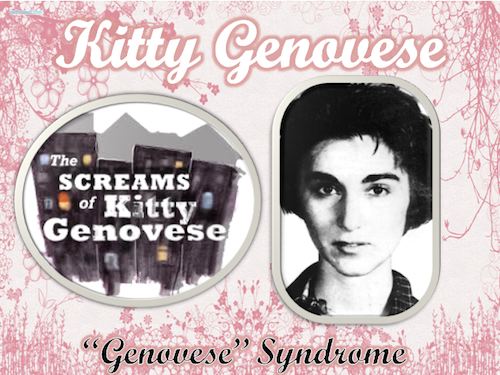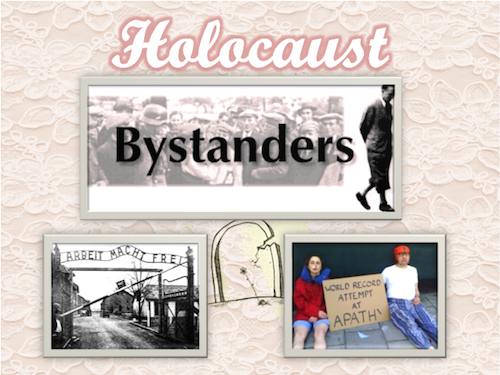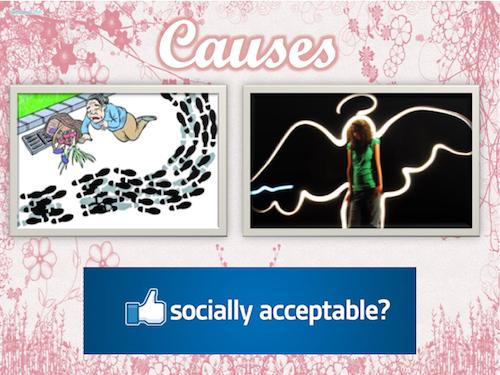One would assume that there is safety in numbers, there is even a saying to show evidence of this popular thought. However, the mere existence of the bystander effect takes away greatly from the train of thought.
The principle behind the effect is that the more people present, the less likely they are to help if a crisis/situation arose. What a stark difference from the idea that when in a crowd, more people are bound to help.

One incident that popularized this phenomenon was the Catherine "Kitty" Genovese murder case. This case became so notorious, the Bystander Effect is sometimes referred to as the "Genovese Syndrome." Kitty, a 28 year old women, was returning to her apartment at night when she was stabbed multiple times by Winston Moseley. The portion of the case that provided evidence of bystander effect, was the 30 witnesses in the apartment, or in nearby apartments who took a total of 30 minutes to call the police. When it came to questioning, some of these very witnesses reported they thought it was a "lover's quarrel."

When I think about this effect, the first thing that pops into my mind is not Kitty Genovese, but the Holocaust. I think of it as global evidence of the Bystander Effect. Hitler was able to get away with those heinous acts because no one helped at its very beginnings, and therefore soon began seeing it as right. Another effect that influenced the outcome of the Holocaust was the halo effect. This effect comprises of taking one attribute of a person to come up with another characteristic. This factored into the Holocaust would be the blonde hair and blue eyes being used to describe a person as nice, and could do no wrong. People would see these "good" citizens doing nothing about the horrors going on, and in turn reciprocate the indifference.

What I found ironic when looking up the phenomenon is that knowledge of it is a means of prevention. However, there has been numerous evidence where even knowing of the bystander effect did not help. I decided to experiment the "knowledge test" with my own Psychology class during a PowerPoint presentation.

The first portion of the presentation was spent teaching my class the background behind the effect. During the second half, I had a friend fake an acute stomach ache which I pretender to ignore and continued speaking to the class. Many of the students followed my lead and ignored the situation. Thankfully, not to soon after a student asked her if she was okay, and they followed this student's thoughts.
I find it fascinating that when the bystander effects occurs in us, we become oblivious of its presence.

Author's Note: Pictures are snapshots of the PowerPoint I made for bystander effect.
Sources: Myer's AP Psychology Textbook
, AP Psychology Teacher